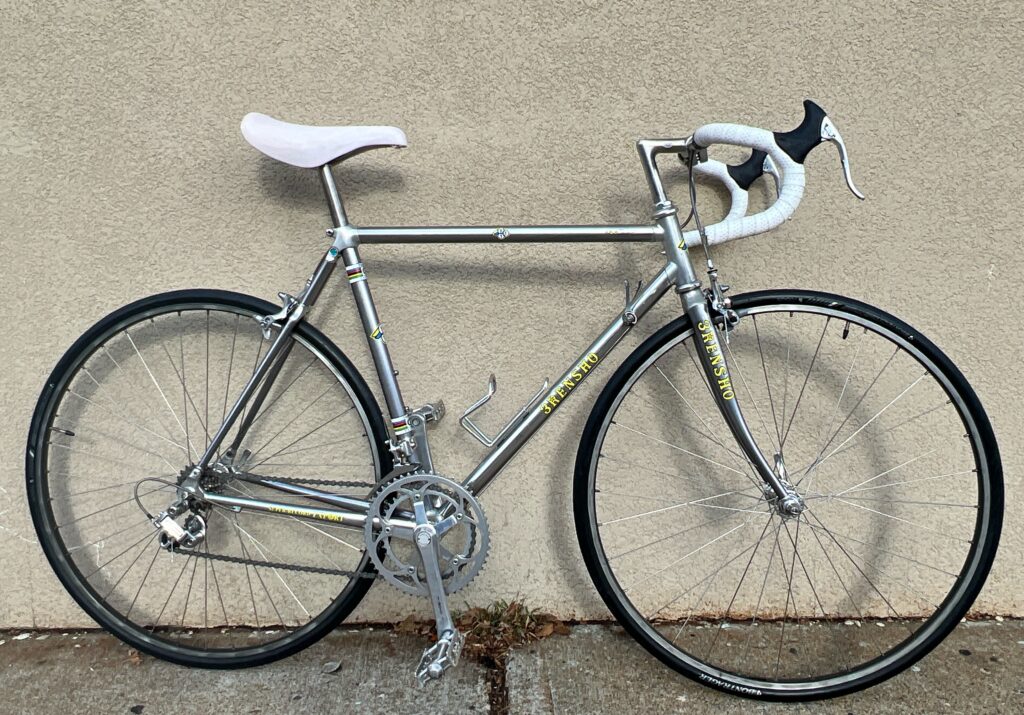
A couple of months ago, I wrote a 3-part series on the subject of 3Rensho’s various forays into aluminum bicycles. Their earliest product remains their most well-known, a collaboration with Sakae Ringyo to sell their Litage aluminum bike under the 3Rensho brand. You can learn all about them in this article. Today’s entry is a brief update to show off the finish build of the 3Rensho Litage I restored. Read on for more details and photos!
Tag Archives: vintage
Raleigh International All-Chrome Custom
This 1974 Raleigh International was a recent restoration I did, starting with a customized frame. It had downtube shifter braze-ons and bottle bosses added, and drilled for recessed brakes. It was custom plated in bright chrome afterwards. The serial number is WH4003641, meaning that it was number 3641 built at the Raleigh factory in Worksop, U.K., in June of 1974. I built it up with all-original Campagnolo Nuovo Record components, and fresh tires, tubes, bar tape, cables, and a Brooks Pro saddle.
Read on for more about this restoration and Raleigh International bikes! Continue reading
Bridgestone Anchor Carbon Track Bike – FAPCPT
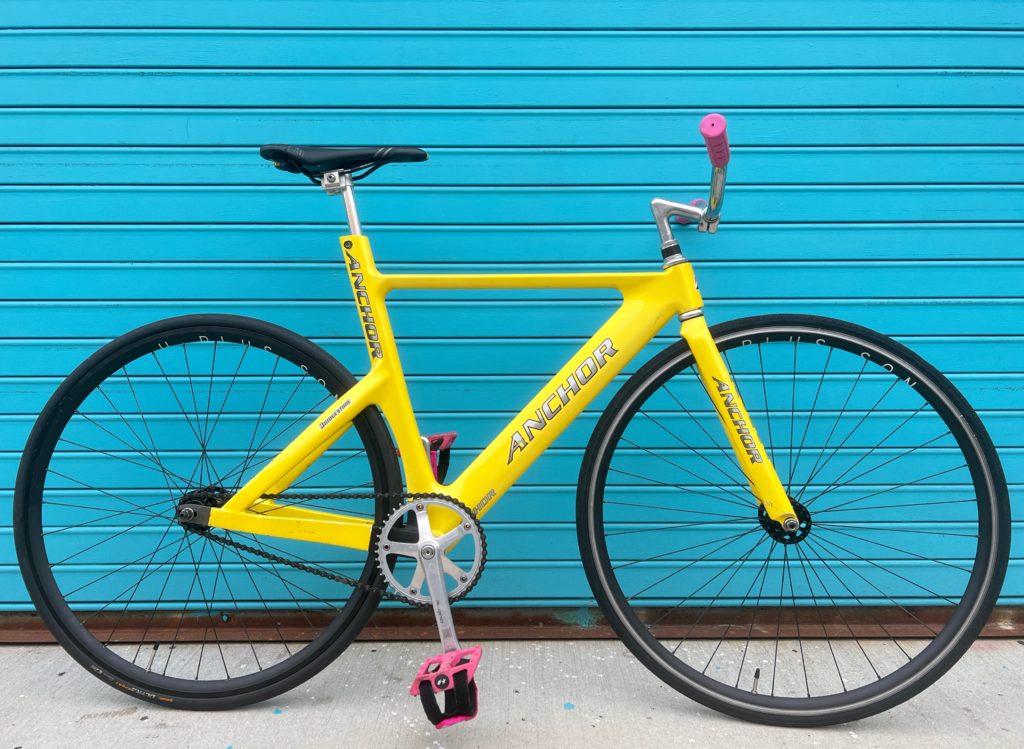
Is a carbon bike “vintage” if it’s old enough to buy beer? This Bridgestone Anchor track bike was born in 1999 (making it technically “Gen Z”) and represents their first foray into monocoque carbon frames. “FAPCPT” is a convoluted and unfortunate model name, evocative of onanistic internet slang. It’s all relative I suppose, considering the brand name is “Anchor,” a word that doesn’t convey a sense of lightness or speed (or even motion itself). Both the brand, and this bike in particular were created for the Japanese market and not with an English-speaking audience in mind. Silly names aside, this bike is a work of art, with clean, sculptured lines and a svelte profile. Read on to learn more about this rare early carbon track bike.
3Rensho Carbon Bikes – SR, Aegis, and Araya
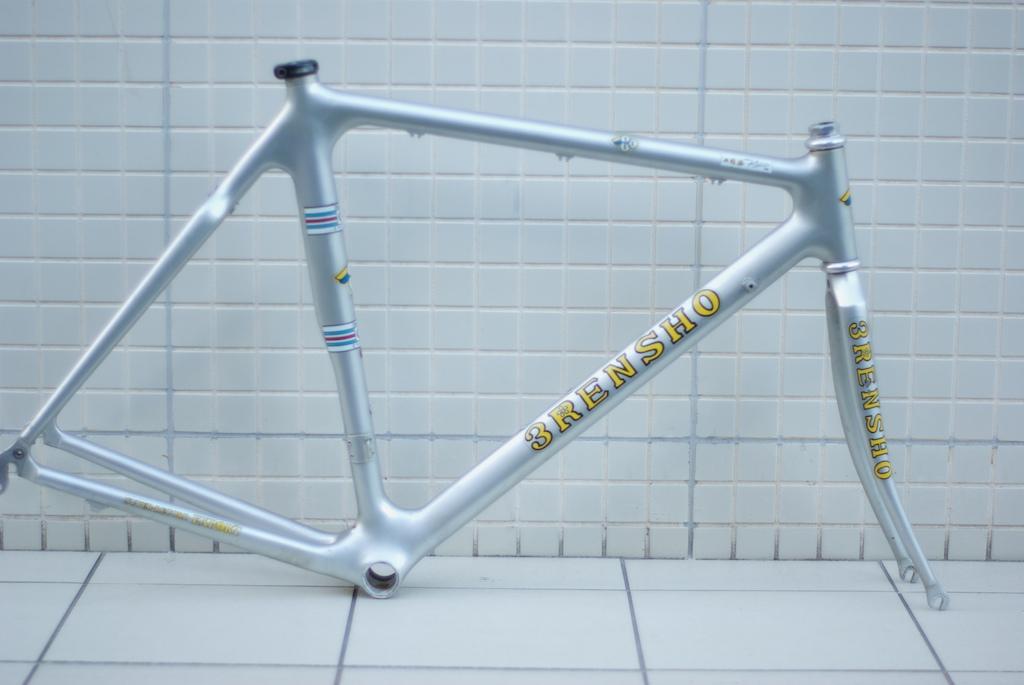
Photo courtesy the Vintage 3Rensho Love blog
In my last two articles I showed how 3Rensho, a brand synonymous with the finest handmade steel bicycles, added aluminum bicycles to their lineup thanks to third-party manufacturers like SR and Yamakuni. Now I’d like to take a deep dive into an even more esoteric corner of the 3Rensho story: carbon bikes. This time around I am relying more than ever on 3Rensho’s catalogs, as it’s been extremely hard for me to find examples of these bikes in the “real world” that have been photographed and shared online. I’ve identified three models so far: the SR Litage with carbon tubes, and two monocoque designs from Aegis/BIK and Araya. Read on to learn more!
3Rensho Aluminum Bikes – Part Two: Yamakuni
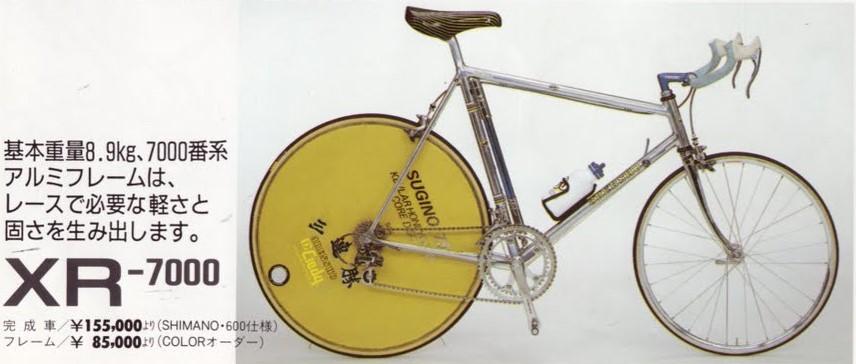
Translation: “With a basic weight of 8.9kg, the 7000 series aluminum frame produces the lightness and stiffness required for racing.”
In the early 1990s, TIG-welding was rapidly eclipsing the “screwed and glued” method of aluminum bicycle frame construction. At the same time, aluminum frames were enjoying peak popularity among professional racers, being ridden to victories in the Tour de France and other major events. This was the era of stiff, lightweight aluminum race bikes with extra-skinny tires, and 3Rensho was not going to be left behind. Enter the Yamakuni 7000 bicycles, which would replace the SR Litage in the final years of 3Rensho. Before we get there, let’s dig into a brief history of welded aluminum frames after the jump.
3Rensho Aluminum Bikes – Part One: SR Litage
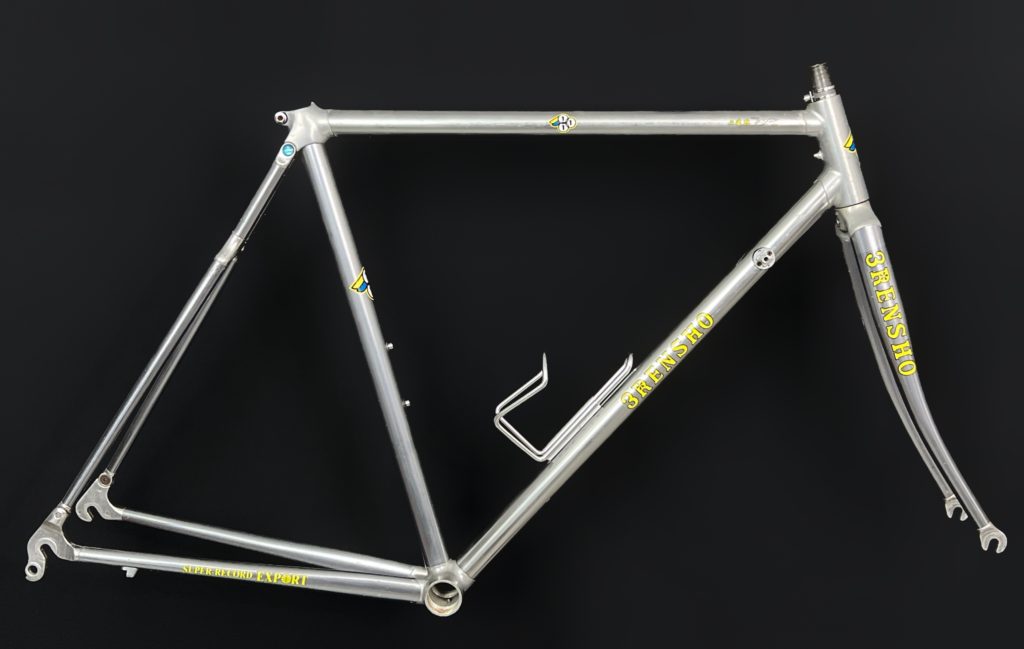
In this multi-part series of articles, I’m going to explore one of the more obscure corners of the 3Rensho story: aluminum-framed bikes. The 3Rensho brand is generally associated with steel-framed bikes of the highest quality, often hand-made and utilizing proprietary lug designs that make then instantly identifiable. However, from time-to-time, aluminum frames with 3Rensho logos surface in online sales or fan pages. This typically leads to a rambling debate about whether they are “legitimate” 3Renshos and who manufactured them. I can say with 100% certainty that they are legitimate, as they appear in multiple 3Rensho catalogs that I’ll share here, as well as shedding some light on their background.
In this first part of the series, I’ll focus on the most common aluminum 3Rensho: the Sakae Ringyo Litage. Read on for more info and photos!
Look KG 196 Monoblade
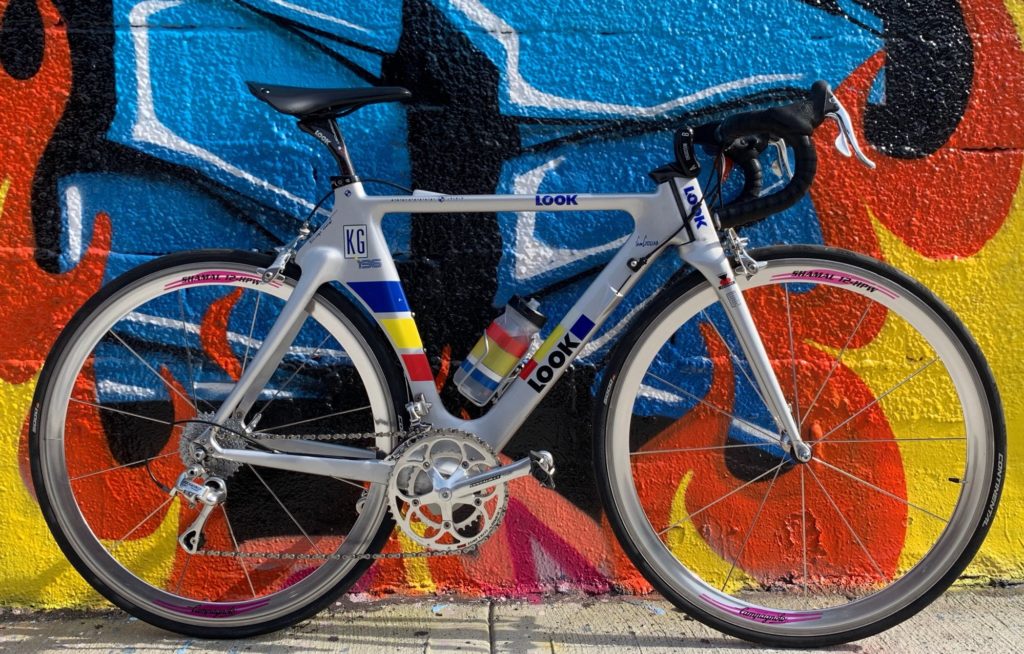
The Look KG 196 is the bicycle equivalent of techno music: no matter how many decades pass, it still looks like a radical vision of the future. First introduced in 1993, the Look KG 196 introduced several groundbreaking new developments in the design and manufacture of carbon bicycles. Most modern carbon bikes can trace their roots directly back to the KG 196, with its monocoque frame design and radical Monoblade fork. I spent almost a decade searching for one in my size, and finally found one in early 2020. It took another two years to build it up with a carefully chosen parts kit designed to balance the kind of riding I like to do with components that compliment the aesthetics of the bike. Read on for more photos and history of the Look KG 196!

